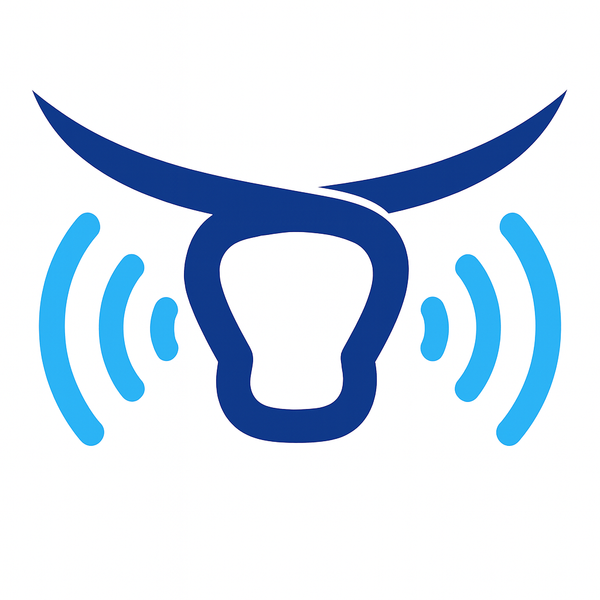The National Livestock Identification System (NLIS) was originally established in 1999 to monitor and record the transactions and movements of cattle, but in 2009, goats and sheep were added to the NLIS. The NLIS for cattle has very specific requirements that are distinct from other livestock, and it is important to fully understand NLIS tags and NLIS Cattle Tags specifically to be able to fully comply with the NLIS for cattle.
What Are NLIS Cattle Tags?
Affixed at the time any individual animal is moved from its property of birth, NLIS cattle tags are required to avoid potential penalties. An NLIS tag is an electronic ear tag that transmits a unique RFID number that can only be read with an NLIS scanner. Additionally, there is a visual component, laser printed on the outside of the NLIS ear tag called the NLISID. Both the electronic ID (RFID) number and the visual printed number (NLISID) are recorded in the NLIS database when the tags are ordered, so both can be used to manage and record cattle movement in the database.
Here is a simple guide on how NLIS tags are made and used in Australia
A Closer Look at NLIS Tags
Being able to read each animals RFID number with an NLIS reader will reduce time and improve record keeping as you will no longer be reliant on the visual (NLISID) number and paper based record keeping. When you can scan the animals number digitally and download this data to your computer and update digital records - you eliminate a lot of time and potential errors / loss form paper record keeping.
The ability to digitally read and record each of these numbers will give you a better understanding of the history of any individual animal. For example an animals breeding history over time.
The RFID number begins with three numbers that are the manufacturer's code, and then after a space, concludes with a serial number that is specific to that individual animal. The NLISID visual number begins with a series of numbers and letters that are the PIC, or Property Identification Code, which identifies the animal's place of birth. The next three characters represent the manufacturer, device type and year, before concluding in a serial number specific to that individual animal that is distinct from (and shorter than) the serial number in the RFID.
Further information is also contained in the colour of the NLIS tags. For cattle NLIS tags, all breeder devices are white. Post-breeder NLIS tags are always orange. Post-breeder tags are most commonly needed when a tag is lost or broken, as original tags should not be tampered with or removed for any other reason.
Why Are NLIS Tags Necessary?
In the case of cattle, NLIS tags are mandatory prior to an animal no longer being on its property of birth. Each animal is required to have the tag affixed at all times, ideally the original tag. There are major penalties for property owners that are caught with animals not on the property of birth without an NLIS tag.
A property owner was recently fined $400 plus costs of $2579 for having 10 cattle dispatched to sales years without NLIS identification. Read the report here.
The NLIS was originally created to protect Australia's valuable cattle industry, by setting up a system that allowed any disease or food incidents to be tracked and recorded for every individual animal. While Australia's cattle industry was prized both nationally and internationally prior to the NLIS, it is in part because of the commitment to food safety that the NLIS demonstrates by being such a well-regarded and comprehensive system, that Australian cattle continues to be valued so highly around the globe.
The NLIS is such a success because it has such widespread compliance. Adapted by every state in Australia to regulate local industries, it applies to all cattle owners, regardless of the size of the property or herd. The compliance to NLIS regulations by all cattle breeders and owners insures that Australia's cattle industry is protected.
